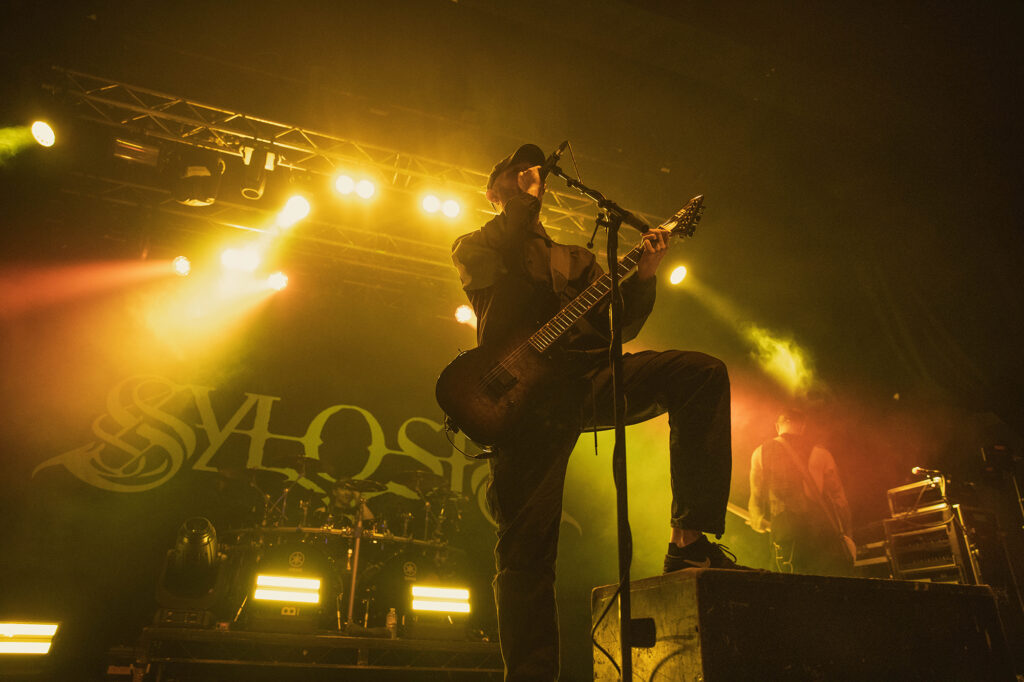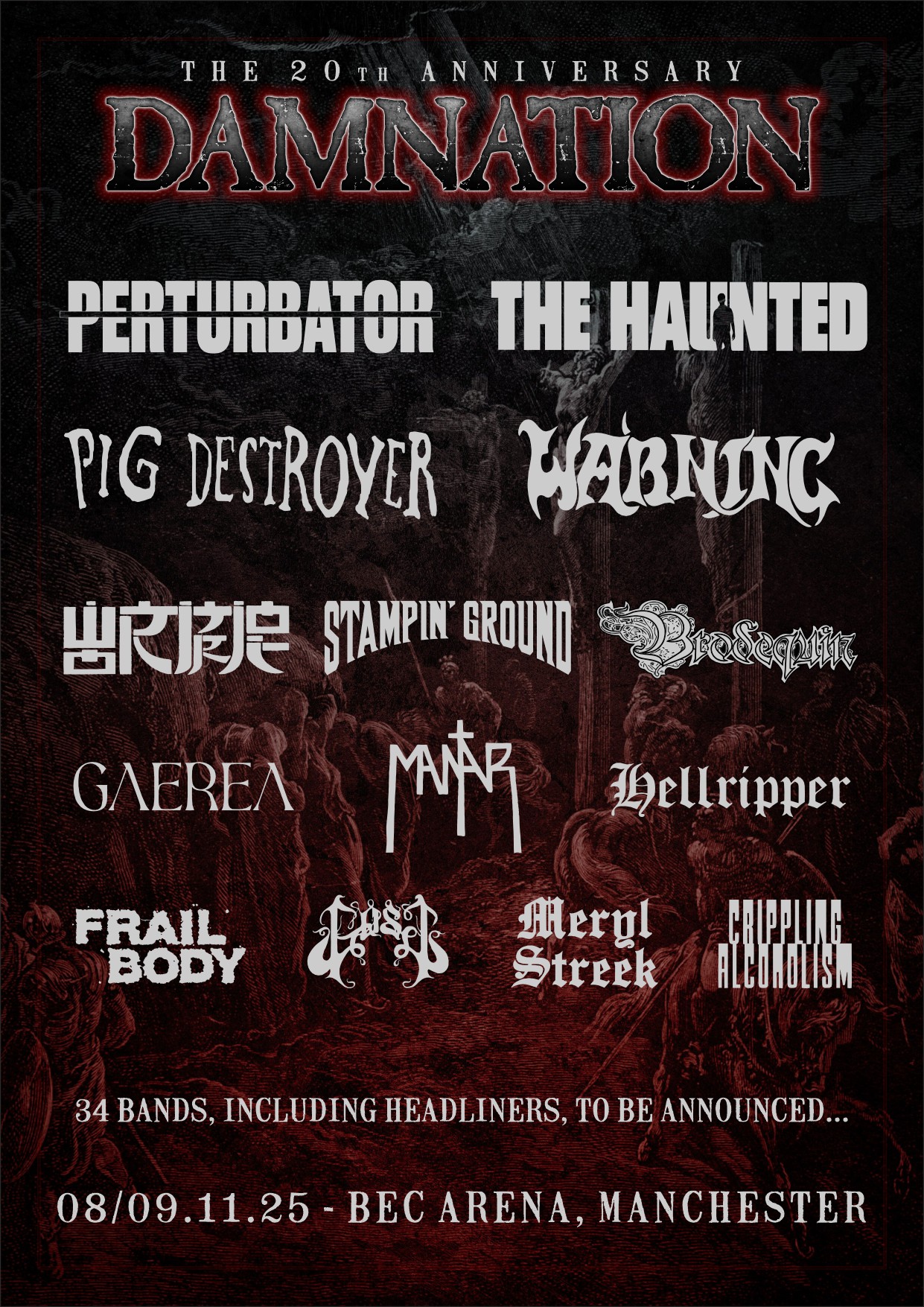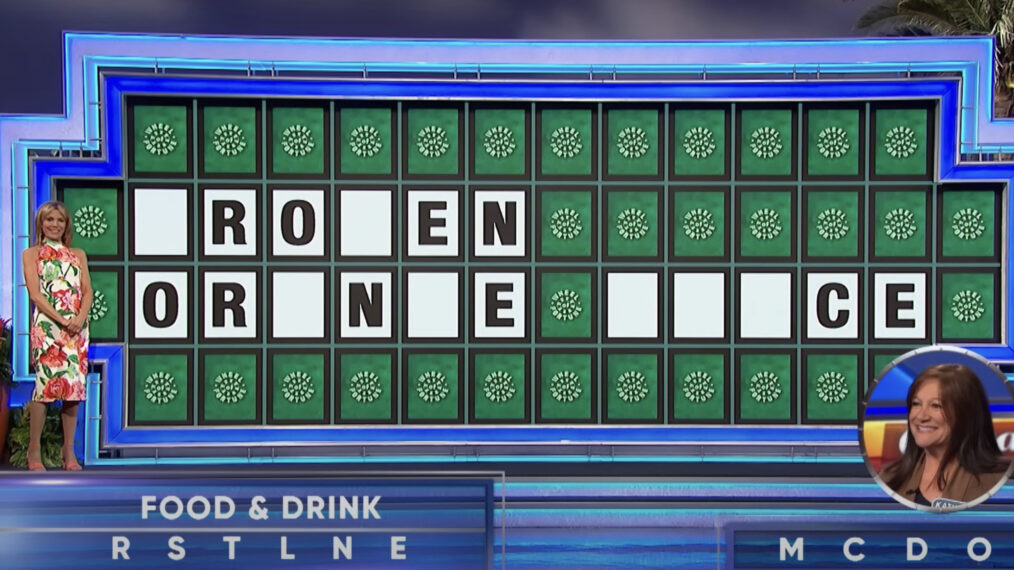If you’re a fan of broadcast TV dramas (and you know we are, here at TV Fanatic!), then you’re probably aware that the major networks are all about first responders these days.
A quick scan of the year’s top dramas turns up more cops and firefighters than a charity softball game in Central Park.
Throw in doctors, lawyers, lifeguards, and folks with first responder-adjacent jobs (a la Tracker’s Colter Shaw or High Potential‘s Morgan Gillroy), and pretty much every drama on network television is covered.


Obviously, TV’s fascination with cops, firefighters, FBI agents, etc. is nothing new.
After all, those people have very interesting jobs, which makes it easy for writers to come up with weekly adventures to enthrall audiences.
And if you’re looking for a hero in 2024, you could do a lot worse than the people who come to the rescue during emergency situations.
That might be especially true when said hero has a checkered past.
Need a redemption arc than can be completed over the course of an hour (44 minutes with commercials)?


Just have an inmate who’s been convicted of a violent crime save someone’s life by pulling them from a burning building.
It’s a scenario that’s played out several times on Fire Country, and we’re not knocking it in any way. It’s succinct and powerful, and in the age of TikTok-ified attention spans that’s a hell of a combination.
In fact, it’s important for us to note that we’re not dismissing these shows or the brave men and women they depict.
But interestingly, it wasn’t all that long ago that a list of TV’s top shows would’ve also contained oddball entries like Lost, Twin Peaks, Buffy the Vampire Slayer, This Is Us, Parenthood, Gilmore Girls, and the like.
Even The X-Files, while it obviously centered on two FBI agents, was more concerned with matters otherworldly than procedural. And it was a massive hit across every major demo.


So what happened?
Why is it that at some point over the past 10 years, the major networks seemingly lost all interest in shows that don’t revolve around the people who show up when you dial 911?
Well, the situation might speak to the current political tensions in America these days.
In case you’ve been living under a rock in a cave on Mars these past few years, we have some sad news to deliver — the US has become pretty divided.
As in “people who are stockpiling canned goods might have the right idea”-level divided.


This split is most evident in our politics, but there are signs of it in our pop culture as well.
And it seems that conservatives got custody of broadcast TV in the national divorce. That said, liberals have not been left with an empty nest.
After all, it’s not as if more eccentric, provocative shows aren’t being produced anymore.
A look at the year’s top streaming and premium cable shows reveals a wide array of bold premises on shows like Baby Reindeer, The Penguin, Bridgerton, Only Murders In the Building, etc.
But it’s younger people and more affluent households that are most likely to subscribe to multiple streaming services.


Those demographics also tend to be more left-leaning in their politics, which might help to explain why they’re more interested in Scottish comedians and steamy Regency romances than the procedurals that remain popular with older audiences.
Obviously, there’s nothing new about generation and income gaps having an impact on viewing habits.
But the divide is wider than ever these days, as evidenced by a recent Bill Maher monologue in which the comedian joked about never having heard of CBS’ Tracker.
His studio audience — which was likely an affluent, coastal crowd — seemed to agree with his befuddlement at the fact that it’s TV’s most-watched show.
It was a small moment that spoke volumes about the state of television in 2024.


Interestingly, the broadcast sitcom is almost completely dead these days, possibly as a result of the fact that Americans can no longer agree on what’s funny.
Seinfeld and Home Improvement were the top two sitcoms of the 1990s, and they both drew such huge audiences that it’s safe to say their audiences overlapped considerably.
Nowadays, a single, Manhattan-based standup comic and a Midwestern, power-tool-obsessed family man would appeal to very different demographics.
But 30 years ago, a wide swath of the American public was able to appreciate the comedic potential in both scenarios.


Maybe the Tim and Jerry Divide tells us everything that we need to know about the division at the center of American cultural life in 2024.
Or maybe we’re just overthinking TV trends again. That’s sort of what we do here.
Anyway! Over to you TV fanatics!
Do you think modern broadcast television schedules can tell us anything about the US political climate?
Hit the comments section below to share your thoughts!



























